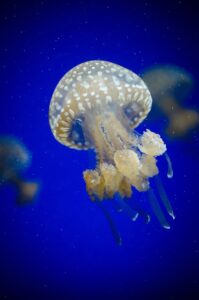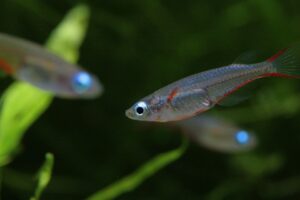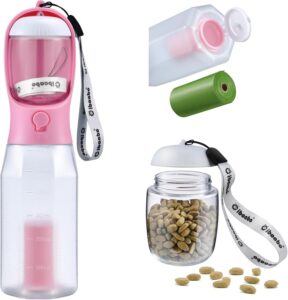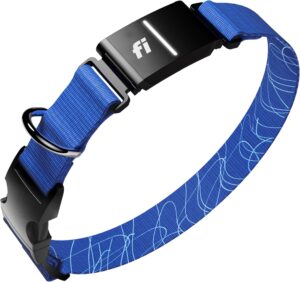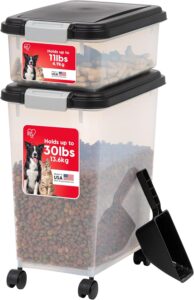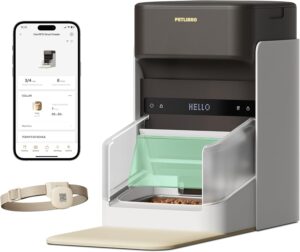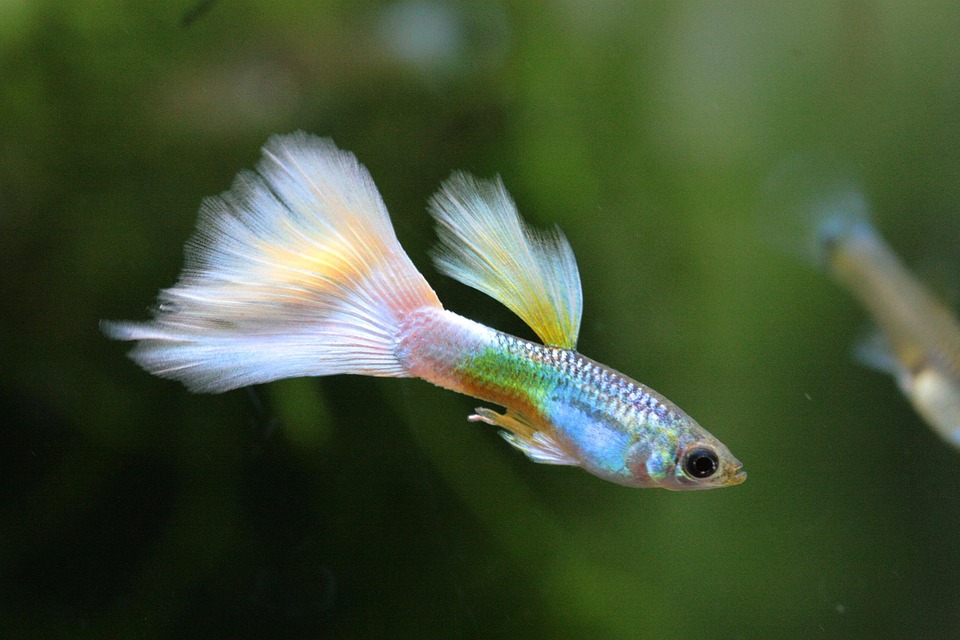
Introduction
Guppies are one of the most popular fish species among aquarium enthusiasts, known for their vibrant colors, playful demeanor, and ease of care. However, creating a harmonious aquarium environment requires careful selection of tankmates that complement the guppies’ peaceful nature. This article explores the top guppy tankmates that will help you establish a thriving, balanced, and visually appealing aquarium.
Understanding Guppies
Before delving into potential tankmates, it is essential to understand the behavioral and environmental needs of guppies. Native to the freshwaters of South America, guppies thrive in tropical climates with temperatures ranging between 72-82°F (22-28°C) and a pH level of 6.8-7.8. They are social fish that prefer to live in groups and are known for their peaceful nature, making them suitable for community tanks.
Guppies are small, typically growing to about 1.5-2.5 inches in length. Their diet is omnivorous, requiring a mix of plant-based and protein-rich foods. Understanding these characteristics will guide you in choosing compatible tankmates that share similar environmental and dietary needs.
Criteria for Selecting Guppy Tankmates
When selecting tankmates for guppies, consider the following criteria to ensure compatibility:
Temperament
Guppies are peaceful and should be paired with non-aggressive species to prevent stress and injury. Avoid species known to nip fins or exhibit territorial behavior.
Size
Choose tankmates of similar size to prevent predation. Larger fish may see guppies as food, posing a threat to their safety.
Environmental Needs
Ensure that potential tankmates thrive in similar water conditions, including temperature and pH levels, to maintain a healthy environment.
Dietary Requirements
Opt for species with compatible dietary needs to simplify feeding routines and prevent nutritional imbalances.
Top Guppy Tankmates
Corydoras Catfish
Corydoras catfish are excellent companions for guppies. These bottom-dwelling fish are known for their peaceful nature and play a crucial role in keeping the substrate clean by scavenging for leftover food. Corydoras are hardy, adapt well to various water conditions, and thrive in groups of six or more. Their gentle demeanor and similar environmental preferences make them ideal tankmates for guppies.
Tetras
Tetras, particularly neon tetras and cardinal tetras, are popular choices for guppy tanks. These small, colorful fish are peaceful and enjoy swimming in schools, which adds an appealing dynamic to the aquarium. Tetras share similar temperature and pH requirements with guppies, making them compatible companions. Ensure that the tank is spacious enough to accommodate the schooling behavior of tetras.
Endler’s Livebearers
Endler’s livebearers are closely related to guppies and share many similar traits, including size, temperament, and environmental preferences. These vibrant fish are easy to care for and can interbreed with guppies, offering the potential for unique hybrid offspring. Endler’s livebearers are excellent companions, providing lively activity and color to the tank.
Platies
Platies are another popular livebearing fish that make great tankmates for guppies. They are hardy, adaptable, and come in various colors and patterns. Platies are peaceful and thrive in similar water conditions, making them compatible with guppies. They are social fish that coexist well in community tanks, contributing to a vibrant and diverse aquarium.
Mollies
Mollies are slightly larger livebearers but are generally peaceful and can coexist with guppies if the tank is adequately sized. They require similar water conditions and are available in various colors and fin types. Mollies add diversity to the tank and can help control algae growth, as they occasionally graze on it.
Harlequin Rasboras
Harlequin rasboras are small, peaceful fish that thrive in schools. Their striking black and orange coloration adds visual interest to the aquarium. Harlequin rasboras are compatible with guppies, sharing similar environmental needs. They are active swimmers and enjoy open spaces, so ensure your tank is spacious enough to accommodate their needs.
Otocinclus Catfish
Otocinclus catfish, or “otos,” are small algae-eating fish that make excellent tankmates for guppies. They are peaceful, non-aggressive, and help maintain a clean tank by grazing on algae. Otos prefer to live in groups and require stable water conditions, making them suitable companions for guppies in a well-maintained aquarium.
Cherry Shrimp
Cherry shrimp are non-fish companions that can coexist peacefully with guppies. These small, vibrant invertebrates contribute to the cleanliness of the tank by consuming algae and detritus. They are easy to care for and add a unique element to the aquarium. Ensure there are plenty of hiding spots and vegetation to support the shrimp’s natural behavior.
Snails
Snails, such as nerite snails or mystery snails, are another non-fish option for guppy tanks. They are excellent algae eaters and help keep the tank clean. Snails are peaceful and do not compete with guppies for space or food. They add an interesting visual element to the tank and are easy to care for.
Tips for a Successful Community Tank
Provide Adequate Space
Ensure your tank is large enough to accommodate all inhabitants comfortably. Overcrowding can lead to stress, aggression, and poor water quality. Research the space requirements for each species to determine the appropriate tank size.
Create a Balanced Environment
Design your aquarium to include a mix of open swimming spaces and hiding spots, such as plants, rocks, and decorations. This layout will cater to the needs of different species, providing shelter and reducing stress.
Maintain Water Quality
Regularly monitor water parameters, including temperature, pH, ammonia, nitrite, and nitrate levels. Perform routine water changes and filter maintenance to ensure a healthy environment for all tank inhabitants.
Observe Feeding Habits
Pay attention to the dietary needs of each species and provide a balanced diet. Observe feeding interactions to ensure all fish receive adequate nutrition without competition.
Monitor Fish Behavior
Regularly observe the behavior of your fish to identify any signs of stress, aggression, or illness. Address issues promptly to maintain a harmonious tank environment.
Conclusion
Building a thriving guppy community tank involves selecting compatible tankmates that share similar environmental and behavioral traits. By choosing peaceful, similarly sized species with compatible dietary needs, you can create a vibrant and harmonious aquarium. With proper care, attention to water quality, and a balanced environment, your guppy tank will be a source of enjoyment and fascination for years to come.
#ChatGPT assisted in the creation of this article.

